The Elusive Hongqi
Images: T R Raghunandan (and a couple by G Sen)
Years back, when I was a rookie in the classic car hobby, my mentor—the late C. Ravikumar—and I had a typical ‘what if’ conversation that hobbyists often have. What if the clock was turned back and we had to start our car collections all over again? Would we do anything different?

Ravi was one of the most knowledgeable car collectors of the past. Back in the days when nothing was allowed to be imported, much of our knowledge of classic cars was gleaned from the magazines to which Ravi subscribed. His knowledge of the cars of the Maharajas and of the rare gems that lay hidden in garages all over the country was phenomenal. That and his discerning eye, enabled him to acquire a constantly changing collection of desirable cars. His collection of Jaguars, comprising of a Mark II Saloon, an XK 120, XK 140 and an E-type, MGs, which included an SA and a vintage Magna, a Mercedes-Benz 540K, a Lancia Lambda and a Lanchester Straight Eight, was the envy of everybody.
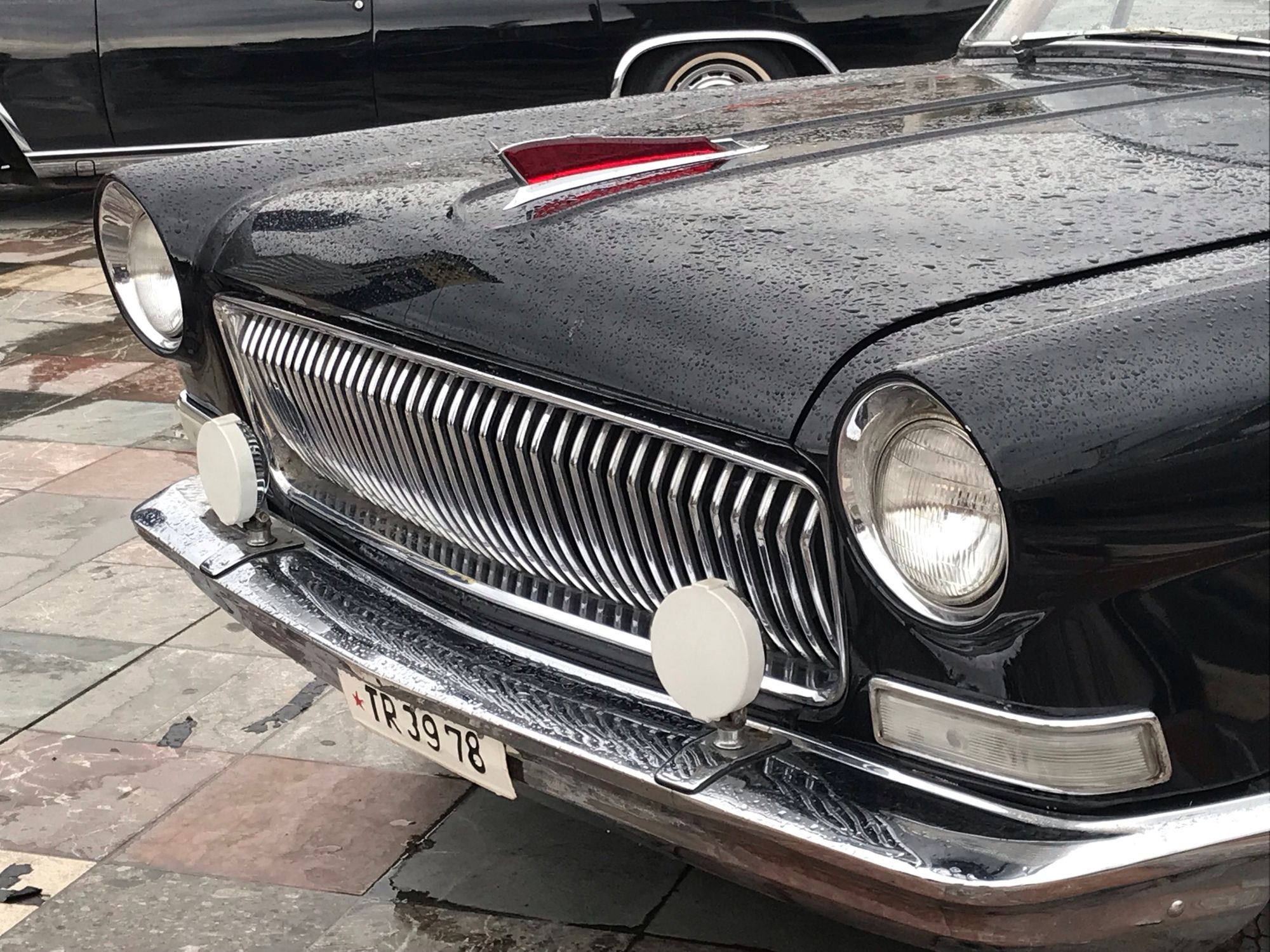
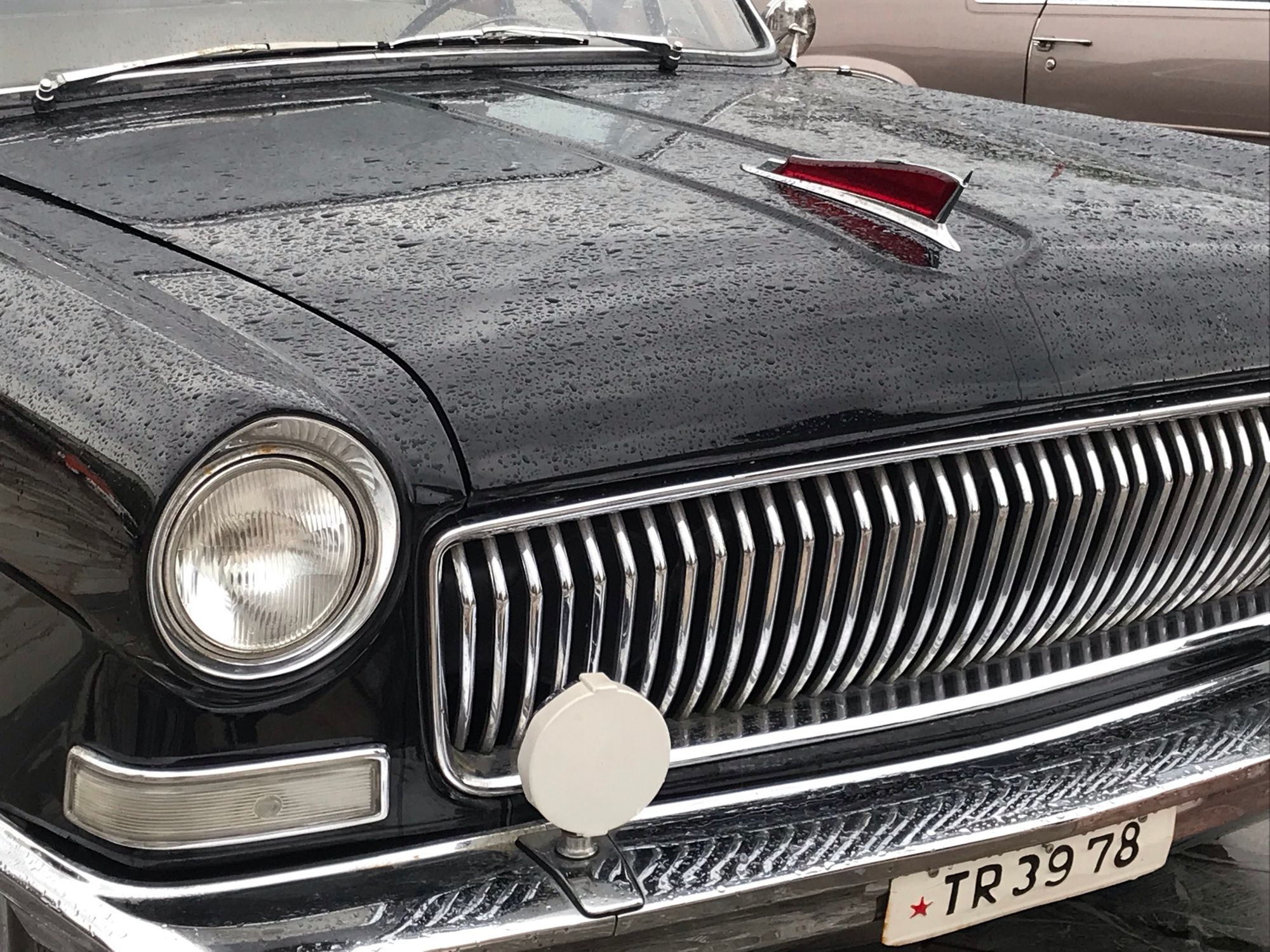
It was a surprise then, when Ravi responded that he would love to have a collection of cars manufactured behind the Iron Curtain, if he were to start all over again. It was the pleasure of the chase, the desire to acquire rare vehicles that prompted his daydreams. We spoke of ZiLs and ZiSs, Tatras and Trabants, EMWs, Moskvitchs and Ladas as Ravi built his imaginary collection, much as all enthusiasts do. And of course, a Hongqi will do very nicely, he ended. That would be a remarkable collection!
The Hongqi? What was that? I had never heard of those.
Three decades later I saw my first Hongqi, spattered with rain in a display in Tirana, Albania, a relic of the country’s troubled, Stalinist past.
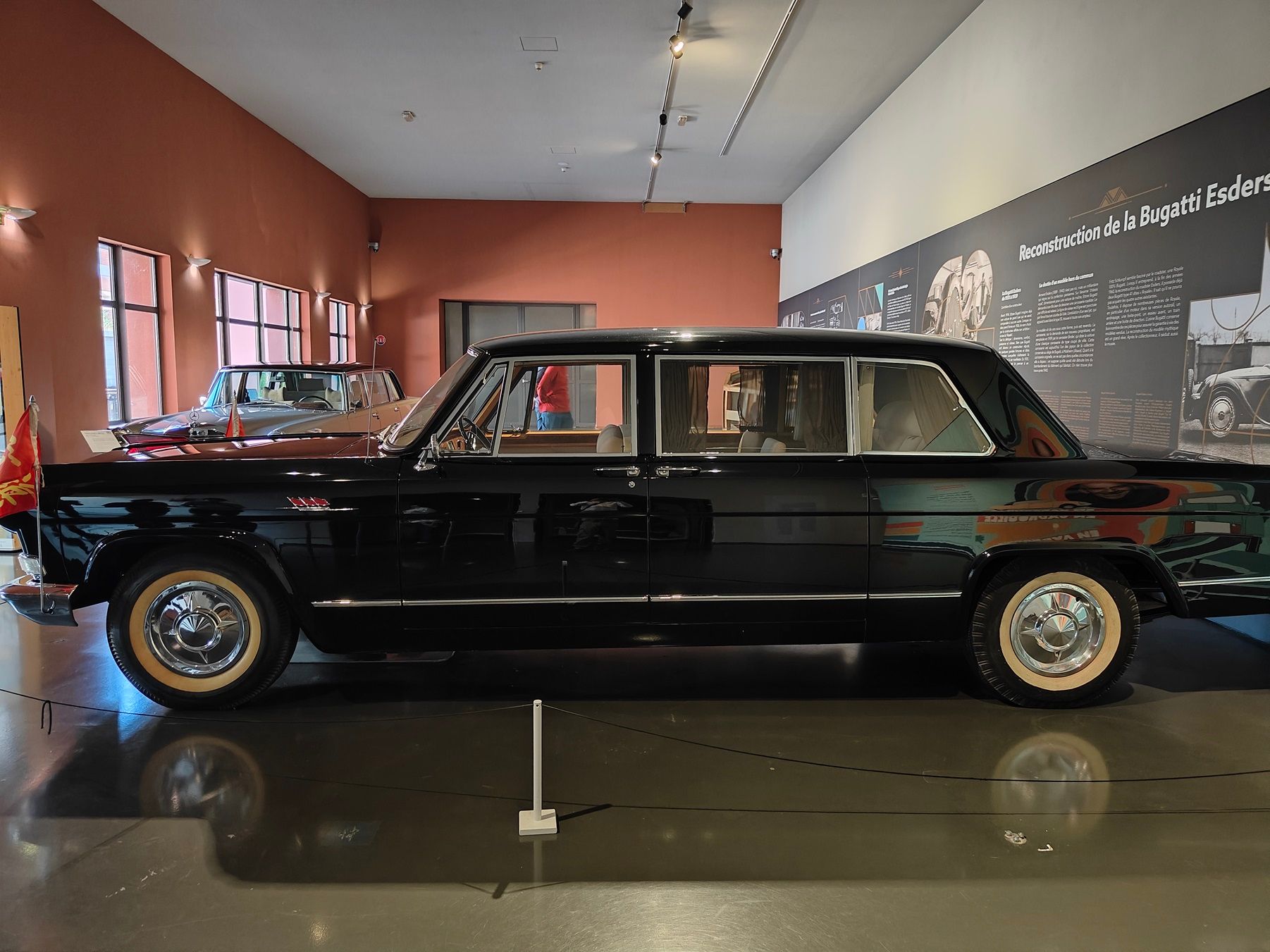
The Albanian Hongqi, an early CA72 model, was manufactured from 1958 to 1963. It can easily be mistaken for a slab-sided American road yacht of the late fifties or early sixties, sans their extravagant fins. CA 72s were specifically inspired by the 1955 Chrysler; a fact that the Chinese would not admit considering their deep antipathy towards capitalism at that time. The black car is distinguished by a blood red hood ornament bordered in chrome; a stylised flag that reflects the car’s name; Hong Qi means ‘Red Flag’ in Mandarin. The red flag theme is continued with badges gracing the car’s flanks. Contrasting with the black are the chrome accents.

The grille, a large rectangular gape with vertical ribs, supposedly symbolises the traditional Chinese hand-held fan. The car sports heavy lidded eyebrows over the headlamps, similar to the design trend seen in Dodges, Chevrolets, Studebakers, Cadillacs and Buicks of the period. A nice detail is that the inside of the eyebrows sport serrated chrome headlamp surrounds.
The stately limousines are heavy cars, nearly 3 tons in weight and powered by 5.6 litre V8 engines. Its stretched rear with large quarter glasses much in the manner of other formal sedans meant for high dignitaries, sports rear-hinged suicide doors.

Another Hongqi, a CA 770 dating from 1965, survives in the Schlumpf Auto Collection at Mulhouse. The car currently shares pride of place with a Grosser Mercedes 600 and a display of Bugatti coachbuilding methods and a Royale; a measure of how rare these cars are. Visually not very different from the Albanian car, the Mulhouse car continues the same black and chrome theme, with the vertical waterfall grille, heavy eyebrows and the serrated chrome headlamp surrounds.
Manufactured by the State-owned First Automobile Works (FAW), Hongqis were inspired by the Russian-made ZiS and ZiL luxury cars, meant for senior officials of the Communist Party. Those in turn were inspired by American luxury cars; early ZiLs were clearly designed based on the Packards of the forties and fifties.
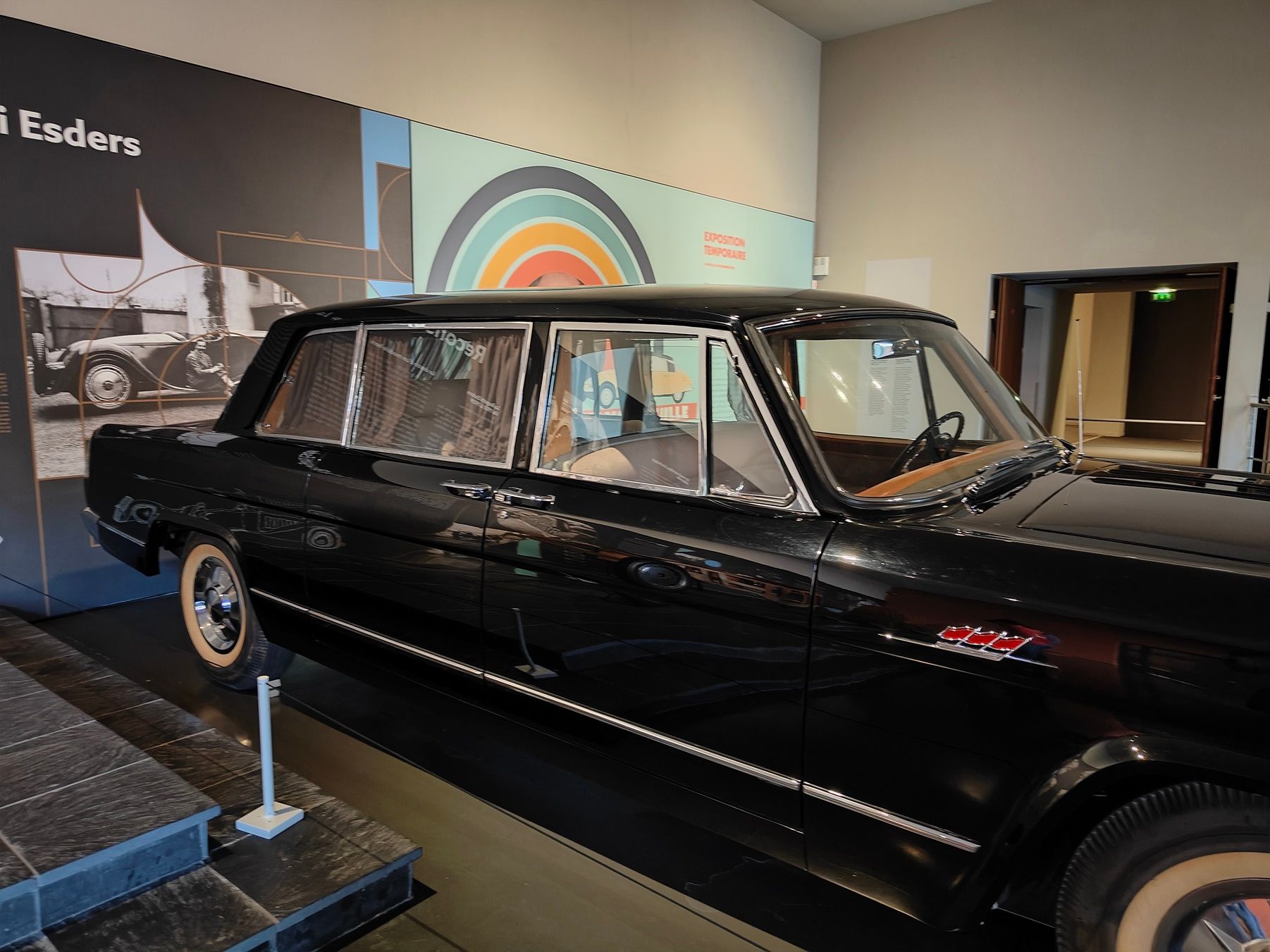
There could be many reasons why Hongqis are so rare. First, not many were made; for example, only about 1600 CA700s were manufactured from the mid-sixties to 1980. While it is said that Chairman Mao was interested in the manufacture of passenger cars, in order to expand Chinese manufacturing capability, the cars themselves were manufactured in small numbers and were meant for the exclusive use of party officials, high ranking dignitaries of the State, or for foreign visitors.
Indeed, it is said that Mao himself did not ride in a Hongqi, till the State visit of the US President Nixon, the first by an American President to the Peoples’ Republic of China, in 1971. Communist China did not intend to make personal cars available to the public at large. Private ownership of Hongqis was prohibited.
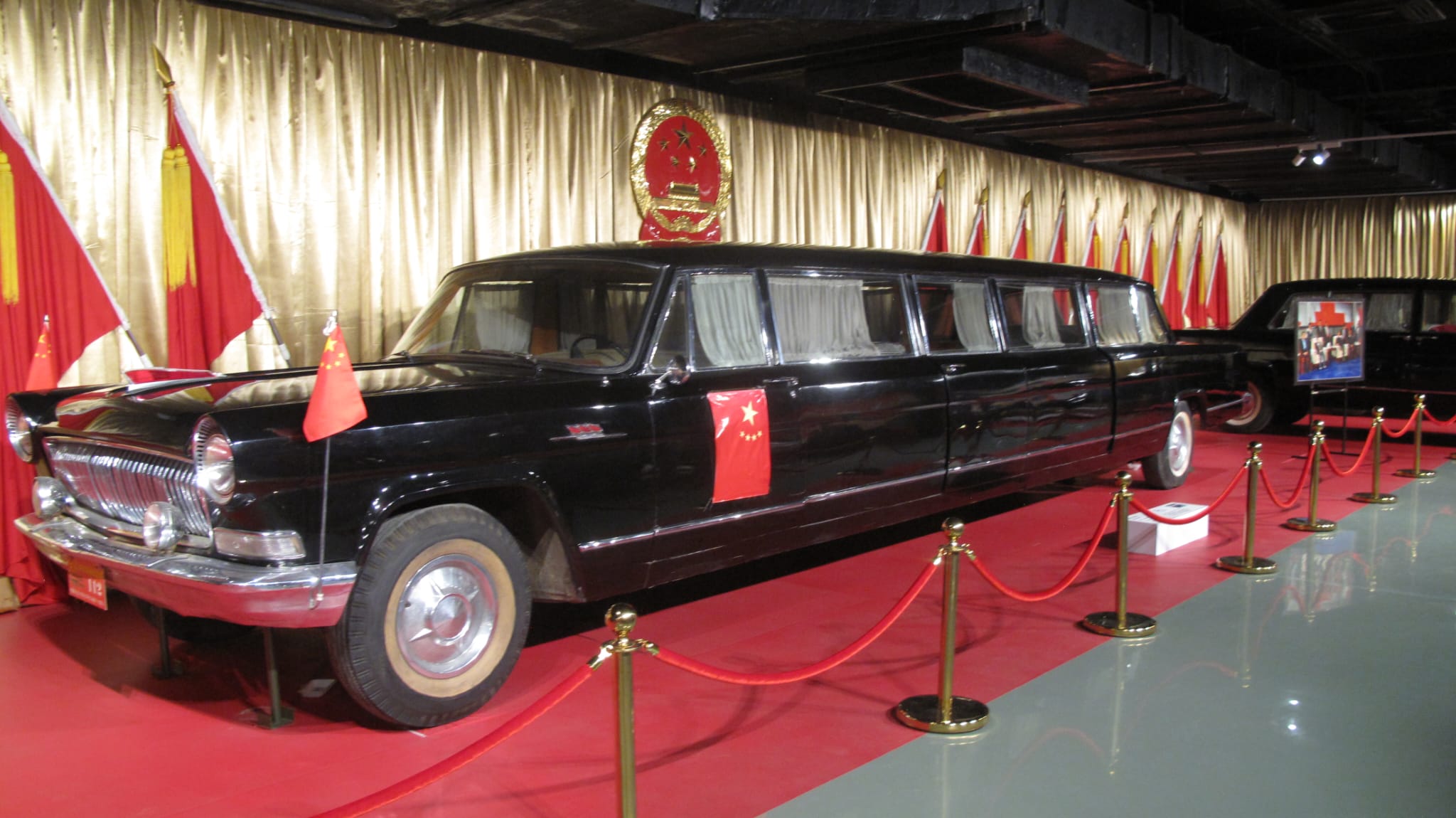
It is also possible that older Hongqis may have fallen victim to the Chinese policy of compulsory scrappage of older vehicles. Following China’s adopting of liberal economic policies in 1991, Hongqi began a slow expansion, by first entering into the manufacture of Audi 100s, the Lincoln Town Car and the Toyota Crown Majesta.
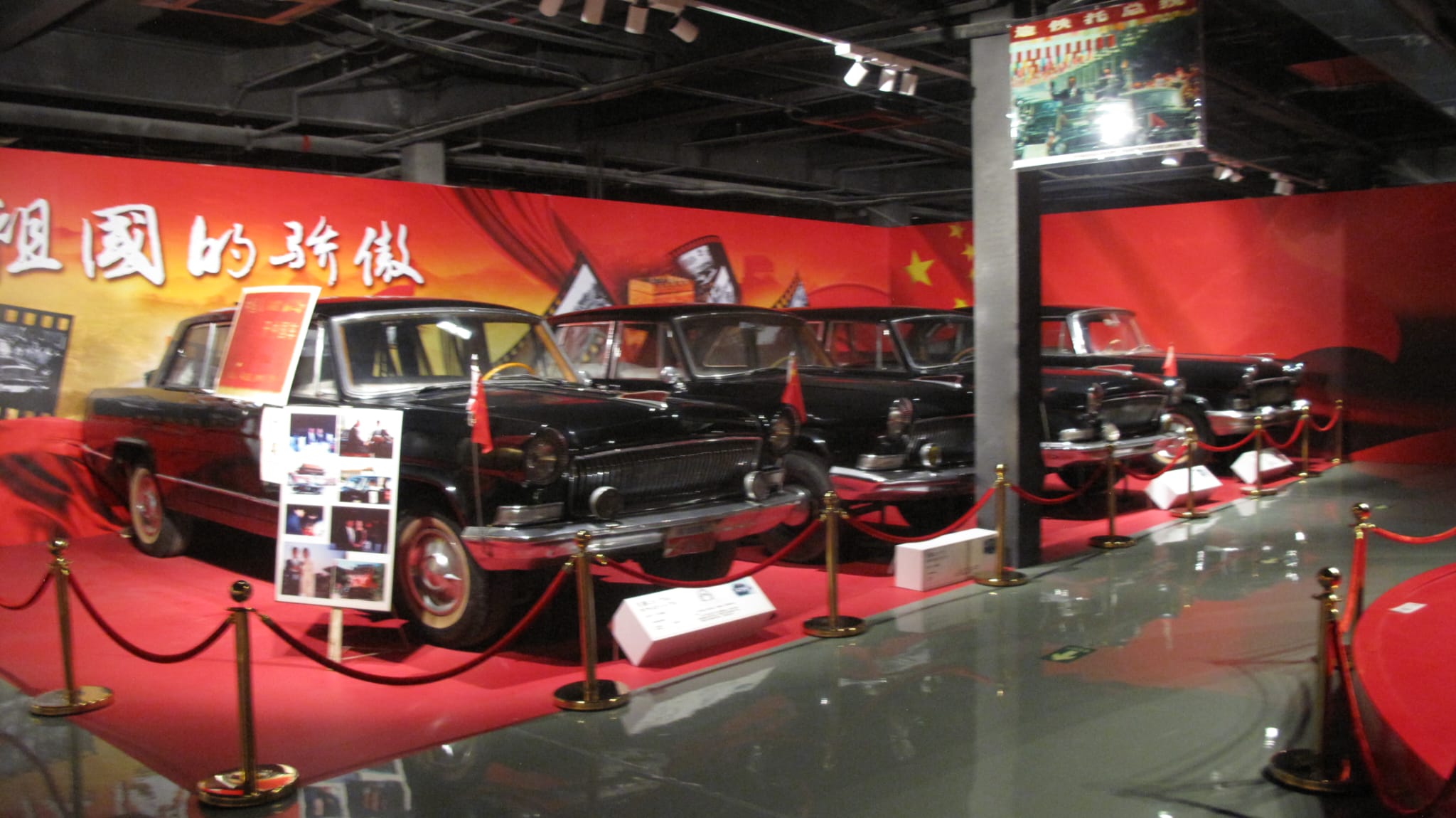
However, post 2018, the company’s production rose exponentially and the Hongqi name today is a front runner in the Chinese automobile industry, stamped on a wide variety of luxury cars, EVs and commercial vehicles.
Yes, indeed, the Albanian and the Mulhouse cars are rare progenitors of this brand. As I watched them I could not but smile at Ravi’s daydreams of many years past.
Comments
Sign in or become a deRivaz & Ives member to join the conversation.
Just enter your email below to get a log in link.
